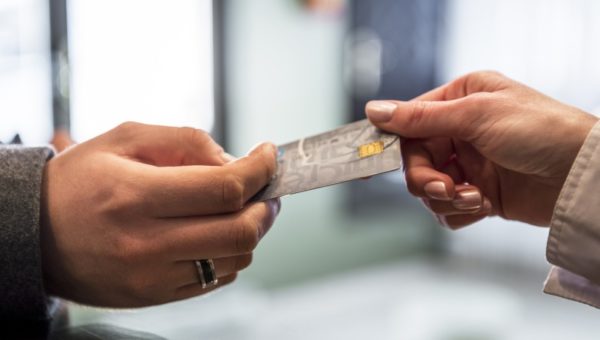Direct Mail Modeling
Direct mail is a costly marketing channel on a CPM basis (cost per thousand impressions), but no other channel provides the same level of targeting to such a scalable audience. Sophisticated mailers use a combination of response, conversion and projected revenue to rank-order prospects based on lifetime value (LTV).
If you’re new to direct mail, it’s cost prohibitive to mail randomly and then build a model later on. Another approach is to start with a look-alike model. This way you can bias your early mailings to those consumers that statistically best resemble your current customers, improving campaign performance.
Here’s a lift chart from a direct mail look-alike model used by an insurance client. The chart illustrates model lift by 5% intervals of the model score (e.g. Quantile). The best scoring quantile is 1 and the worst scoring is 20. Here we can see that those consumers in the best score range (quantile 1) are 10.9 times more likely to respond than average and 37,000 times more likely to respond than consumers in the worst score range (quantile 20).
Another way to interpret the same results is to look at a gains chart. Model gain refers to the lift in identification of actual customers by using a model vs selecting consumers at random. Greater predictive power results in greater model lift, causing the line to “gain” (move up and to the left) above the random baseline. For example, if you randomly mail 10% of all consumers in your market, you can expect to get 10% of the responses as if you mailed the entire population. No brainer right? That would be a terrible result. However, if you mail the top 5% of consumers based on the model score, you can expect to generate 55% of the responses as mailing the entire population. Increasing model lift through better modeling results in better model gain. Better model gain saves you money as it means you can mail fewer people to get the same number of responses.
Once you have a few direct mail campaigns under your belt using a look-alike model, you can switch to response modeling to further improve results. Ultimately your best results will come from lifetime-value (LTV) modeling, which combines four outcomes into one financial probability: probability of responding, probability of purchasing (of those who responded), predicted order amount, and expected lifetime orders.






